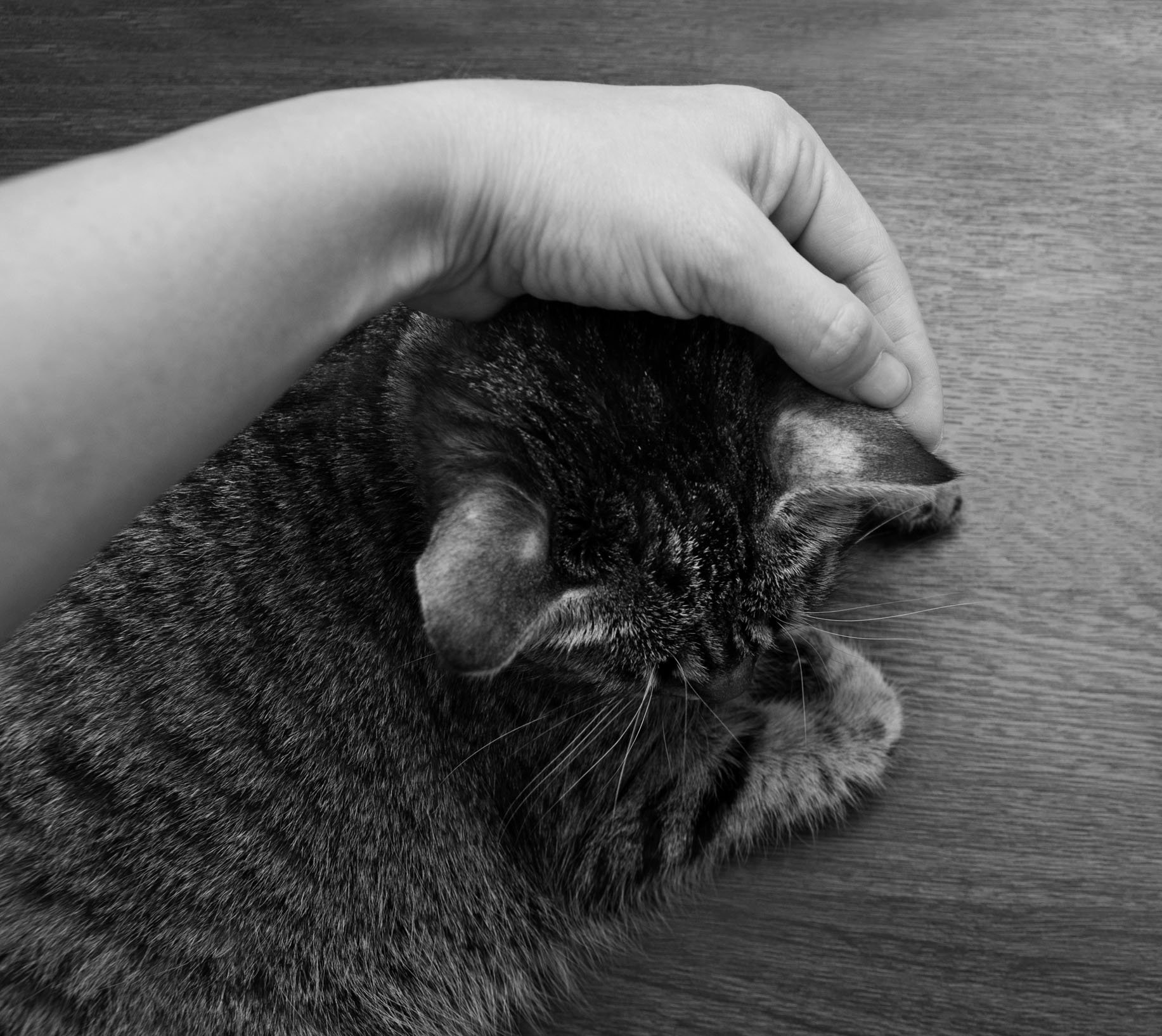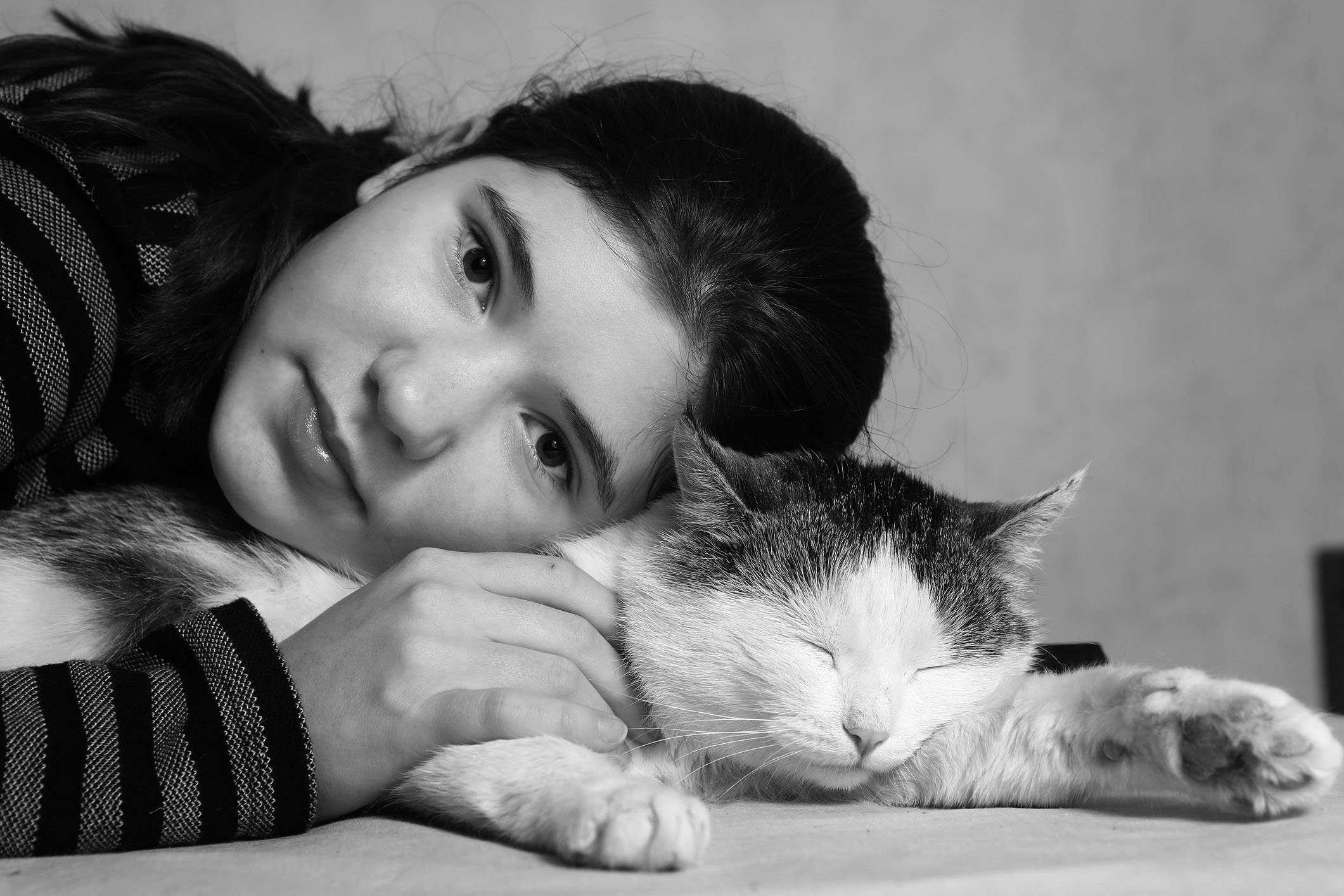Despite the misnomer, ringworm is a common fungus, not a worm, that derives its name from a red ring-shaped rash. Found in the skin, hair, and nails, ringworm is highly contagious and easily transmitted between humans and animals. Older cats, kittens, and cats with compromised immune systems are most at risk of infection.
Signs of ringworm in cats include lesions with hair loss around the face, head, or tail that may or may not itch. You may notice inflamed, dry, gray, scaly patches on skin in mild cases, or you may not notice any symptoms at all. Some mild cases of ringworm can resemble mange, which is caused by mites.
Longhaired adult cats with few visible signs may still be contagious. In kittens, early signs appear around the face, ears, and paws. The cat’s fastidious grooming may spread the infection over the entire body.
© Nataliia Dvukhimenna | Dreamstime

What Is It? “Ringworm is a layman’s term for fungal infection of the skin and hair by a fungus, a dermatophyte,” says dermatologist William H. Miller, VMD, a director of the Companion Animal Hospital at Cornell University College of Veterinary Medicine. “Dermatophytosis, the medical name, is caused by a variety of organisms, some of which prefer humans, some animals. Given the right circumstances, a dermatophyte from an animal can infect a person and vice versa. Outdoor dermatophytes, termed geophilic, can also infect an animal or human.”
The fungus lives on animals directly or in their environment, such as on bedding, combs, and brushes. The spores can remain viable in the environment for up to 18 months. The fungus will infect healthy skin, but damaged skin—scratches, scrapes, even broken skin from clippers—is more easily infected.
“In our haired animals, the fungus invades and weakens the hair. These weakened hairs break off and that forms the hairless area. Some of the adjacent hairs will become infected and they will eventually break off, expanding the area of hair loss. Depending on which genus and/or species of fungus is involved, the exposed skin can become very inflamed and/or scaly,” says Dr. Miller. The fungus may infect the claws, making them brittle and rough.
How to Treat It. If you suspect your cat has ringworm, take him to his veterinarian. The diagnosis is usually made with a microscopic examination of plucked hairs or skin scrapings, a fungal culture, and/or examination under an ultraviolet light called a Wood’s lamp. Under the lamp, some fungus fluoresce apple green. Dr. Miller cautions that only about half of the cases actually glow. “It’s nice if it’s positive, but it can be negative in an infected animal. If a fungal culture is to be done, the sample has to be collected correctly and watched carefully for contaminant or overgrowth.”
© Ulianna19970 | Dreamstime

If you have more than one pet, have all of them tested. For healthy cats and kittens, ringworm is self-limiting and usually infections resolve within a few months. However, treatment will speed recovery and prevent the lesions from spreading.
Topical veterinary anti-fungal creams or ointments can be applied in mild cases with few lesions. Anti-fungal shampoos or dips that are safe for cats may be recommended. “If large areas are involved or the animal has an underlying metabolic disease, then systemic medications are used in conjunction with the topicals,” says Dr. Miller.
Treatment usually takes six weeks or longer to be effective and your cat will still be contagious. “The devil is in the details,” says Dr. Miller. “Which animal, what fungus, how extensive are the lesions? I tell owners they are in it for a minimum of 45 days and it often takes longer to resolve the infection. While we await those culture results (which can take up to 30 days before the culture is declared negative), the cat is continued on treatment. When the culture is negative, the treatment stops.
“I’ve had infected hairs survive in a sealed dish in my desk for over two years. Environmental decontamination (vacuuming, cleaning) is necessary to prevent re-infection of the patient or infection of people or other pets in the house,” Dr. Miller says.
Fungal spores can live on furniture, bedding, grooming tools, and so on for 18 months or longer. Vacuum daily, including the furniture. Dispose of vacuum bags in outside trash bins. Wash hard surfaces with a dilute bleach mixture (1:10 bleach:water).
“Good hand hygiene typically blocks the transfer from the pet to the person, but if the cat is hugged, then the infected spores can get under the person’s clothing. Individuals with pre-existing skin disease or metabolic or immunologic disorders may be at an increased risk and should be very careful around an animal with known or suspected ringworm,” advises Dr. Miller.
To Clip or Not to Clip?
Clipping the hair before treatment has been recommended but this practice is controversial. While it removes the infected hairs and may make it easier for the topical drugs to penetrate the skin, it can traumatize the skin and further spread the infection. The clipped hair must be carefully wrapped and disposed of properly. All grooming tools will harbor the spores and must be heated or chemically sterilized before reuse.




